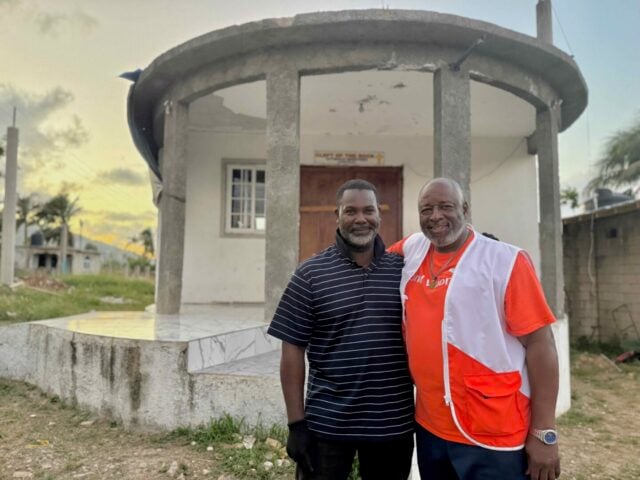As one of the deadliest natural disasters, floods inundate communities, destroy homes, and disrupt livelihoods around the world. Recent floods have severely impacted regions in Afghanistan, Brazil, Sudan, and several countries in East Africa, with devastation also unfolding in the United States. In late 2025, excessive rainfall from a series of atmospheric rivers caused historic river flooding across western Washington, forcing tens of thousands of people to evacuate. Earlier in 2025, floods also caused significant damage in Texas, Kentucky, and West Virginia.
Explore flood-affected regions worldwide, discover key facts about the causes and effects of floods, and find ways to support survivors worldwide.
Floods: Facts, FAQs, and how to help
- Fast facts: Floods
- Where is flooding happening right now?
- What is the definition of a flood?
- What causes floods?
- Who is most impacted by floods worldwide?
- Where has World Vision most recently responded to floods?
- Where can I find current information and resources on floods?
- How does World Vision respond to emergencies like floods?
- How can I help survivors of floods and other disasters worldwide?
Fast facts: Floods
- In 2025, the U.S. experienced several significant flooding events, including devastating flash floods in central Texas and Tropical Storm Chantal-triggered flooding in North Carolina. Just two years earlier, parts of California, Florida (a 1-in-1,000-year rainfall event), and the eastern and northeastern regions also experienced flood emergencies.
- Floods are a significant global hazard, with an estimated 1.47 billion people worldwide (19% of the population) facing intense flooding risk , including nearly 600 million people living in poverty, according to a 2020 World Bank analysis.
- East Asia and South Asia are particularly vulnerable to flood waters, with approximately 1.36 billion people exposed to flooding in densely populated, high-risk areas like coastal regions and low-lying river plains.
- Floods are a widespread natural disaster in the US as well, where approximately 75% of all presidentially declared natural disasters involve flooding . All 50 states can experience flash floods.
- Flash floods have the power to carry away cars, uproot trees, and demolish buildings and bridges.
- As little as 6 inches of moving water can knock a person down, and 2 feet of moving water can sweep a vehicle away.
- Floods can cause serious health problems , including diseases like cholera and typhoid, injuries from cleanup efforts, and exposure to harmful chemicals.
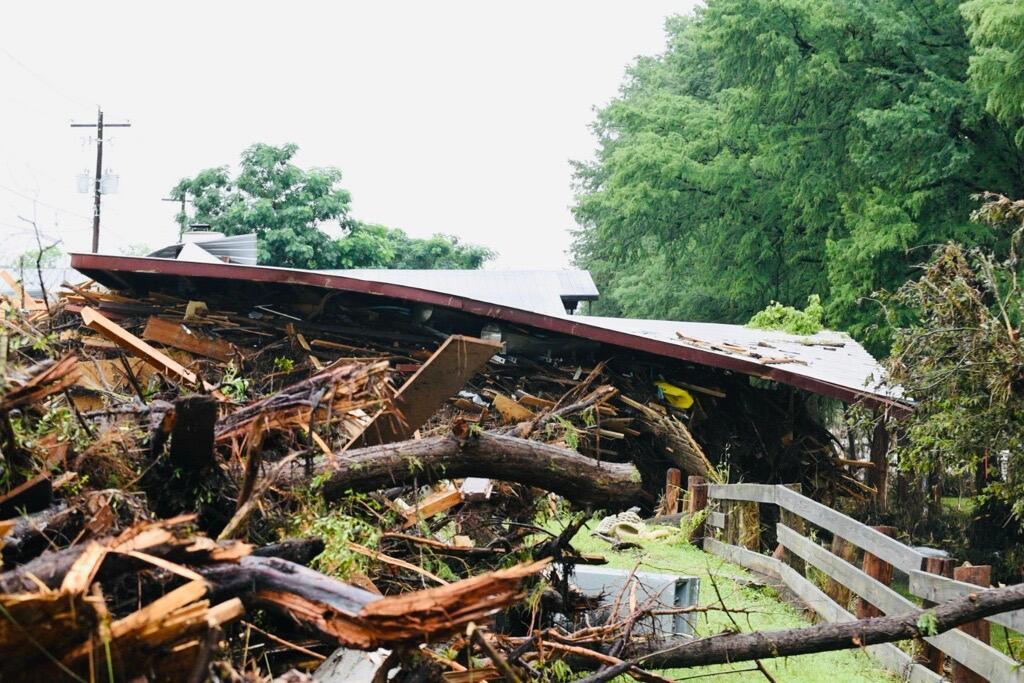
Where is flooding happening right now?
Over 800 people remain missing after devastating floods and landslides swept across Southeast Asia, leaving more than 1,000 dead. According to local authorities, the death toll stands at least 604 people in Indonesia, 366 in Sri Lanka, and 176 in Thailand. Torrential rainfall over the past week triggered the disasters, and damage to infrastructure has left some areas unreachable. Roads and communications lines are down, forcing residents to rely on airdropped supplies for survival.
United States
In early December 2025, a series of powerful atmospheric rivers brought excessive rainfall to Washington State, pushing several rivers to historic flood levels. Communities across western Washington experienced widespread flooding, forcing evacuations and cutting off access to some rural areas.
At least 70,000 people were evacuated, with estimates projected to climb as additional storms move through the region. Search and rescue teams continue to assist stranded residents, while damaged roads and submerged highways have complicated access to impacted communities.
On July 4, 2025, Central Texas was hit by major flash floods, among the deadliest in the U.S. in decades, which caused severe destruction along the Guadalupe River. At least 137 people have been confirmed dead, with dozens still missing, including girls who had been attending a summer camp.
In a separate event, heavy rainfall from Tropical Storm Chantal caused severe flooding in parts of North Carolina, prompting search and rescue operations in Chapel Hill and other nearby communities.
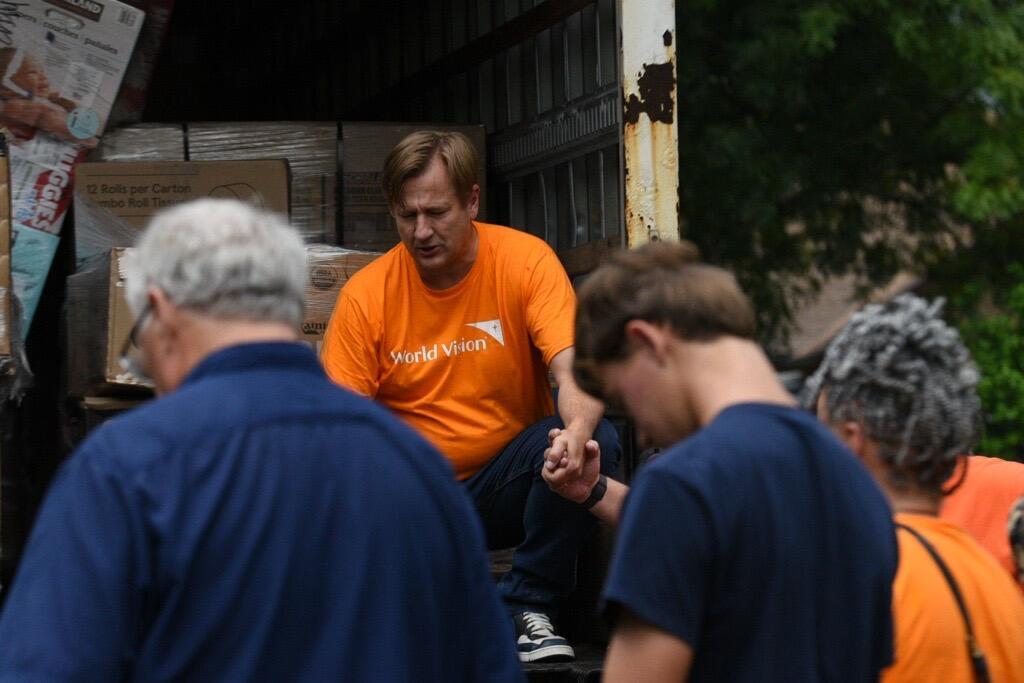
Afghanistan
Since May 10, 2024, Afghanistan has faced severe flooding across the nation, causing hundreds of fatalities and impacting over 500,000 people, with many losing their homes, livestock, and livelihoods. Following a dry winter, the unusually heavy May rainfall caused massive flooding as the hard ground couldn’t absorb the water. Warm temperatures also melted mountain snow, leading to overflowing rivers and inundating villages with mud. The floods are worsening food insecurity in an already hunger-stricken country.
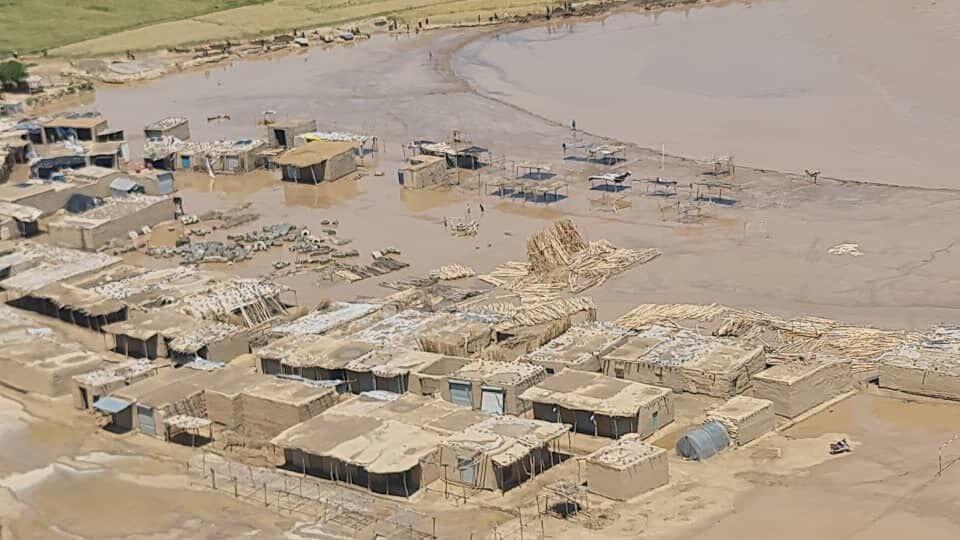
Brazil
In Brazil, torrential rains, exacerbated by the ongoing El Niño weather phenomenon, have triggered widespread flooding in the southernmost state of Rio Grande do Sul — the worst flooding the region has seen in 80 years. According to the UN Refugee Agency (UNHCR), the floods have affected 93% of the state’s cities. Described by UNHCR as “the biggest ever climate-related disaster ” in southern Brazil, the floods have claimed at least 163 lives and displaced approximately 580,000 people.
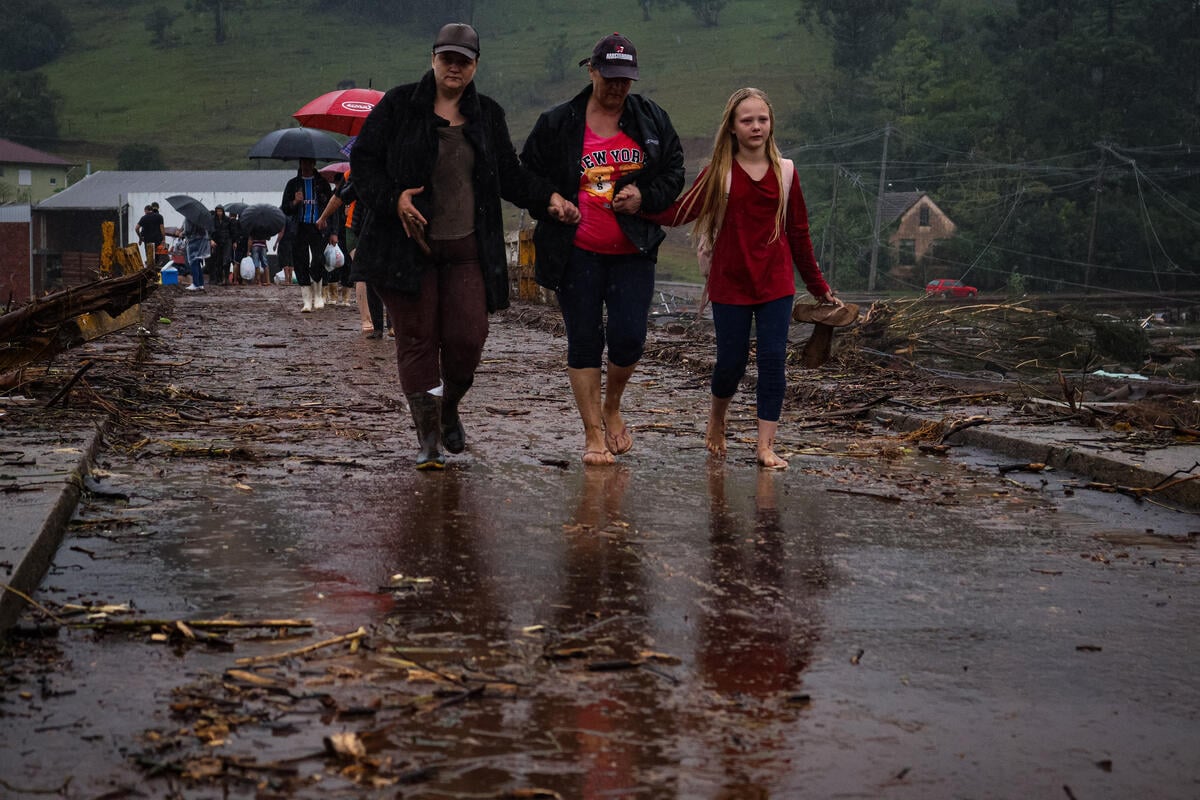
East Africa
In East Africa, El Niño-fueled rains have unleashed floods across the region, affecting multiple countries, including Burundi, Ethiopia, Kenya, Rwanda, Somalia, and Tanzania. Kenya has been hard hit, with nearly half the country experiencing massive flooding since mid-March 2024. Hundreds of people have died, and according to the UN Office for Coordination of Humanitarian Affairs (OCHA), an estimated 1.6 million people are affected, including more than 480,000 displaced as of May 30, 2024 — with numbers continuing to rise. Children are especially vulnerable, with schools disrupted and families in urgent need of support.
What is the definition of a flood?
A flood occurs when water overflows onto normally dry land, whether from rising waters in rivers, streams, or drainage ditches, or from heavy rainfall collecting in one area. Unlike flash floods, which happen suddenly and last for a short time, flooding can last for days or even weeks, causing prolonged disruption and damage to affected communities.
Communities at greater risk for flooding include those in low-lying areas, near bodies of water, or downstream from dams.
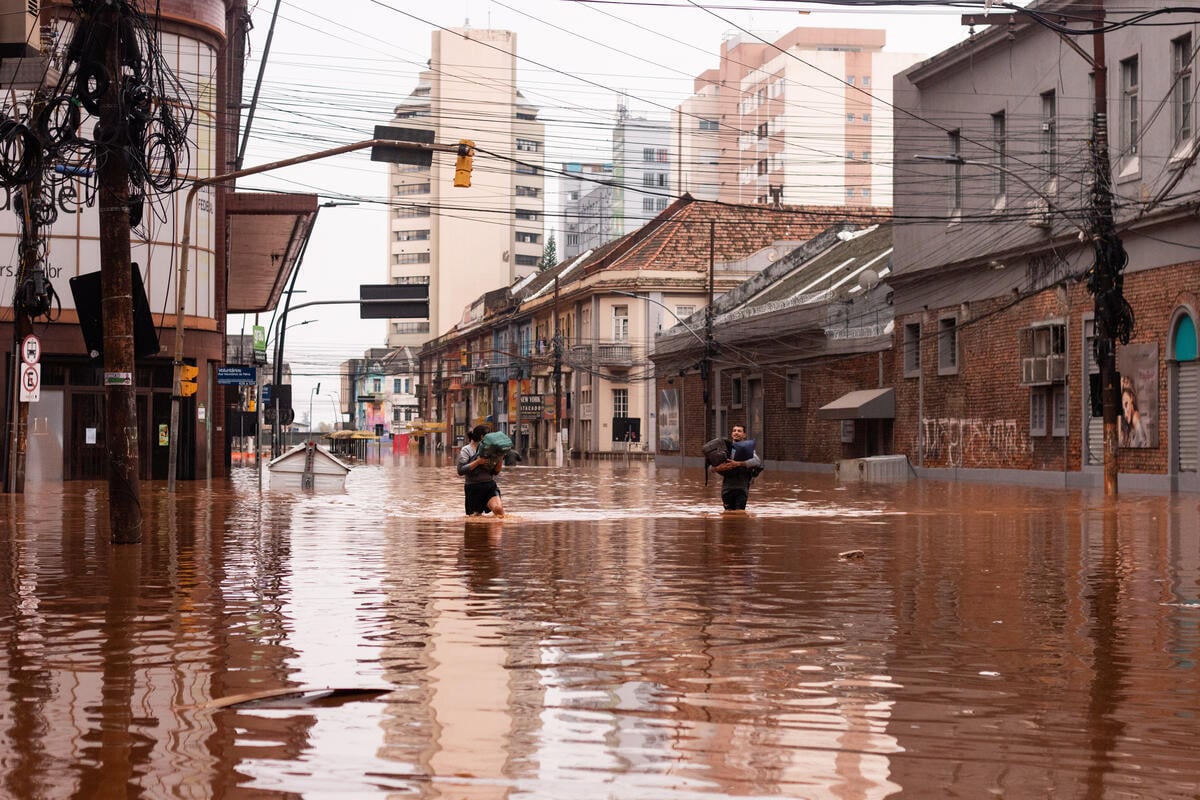
What causes floods?
Heavy rainfall over days or in short, intense bursts are the leading causes of floods. Flooding can also result from debris jams or dam failures. Severe thunderstorms, tropical cyclones, and urbanization also contribute to flooding.
The most dangerous kind of flood is the flash flood, which can occur within six hours of a rain event or dam failure. Various factors, such as rainfall intensity, topography, soil conditions, and ground cover, influence flooding, whether it develops slowly or quickly.
Who is most impacted by floods?
While floods can affect any community, they often hit vulnerable populations the hardest. This includes people living in poverty, refugees, and those who are internally displaced, as their shelters and dwellings are often washed away. Lacking adequate infrastructure and resources, people struggle to withstand or recover from flooding events. Even host communities are not spared, facing displacement as they lose their homes to flood waters. Most of the world’s refugees and displaced persons live in areas highly susceptible to weather-related hazards, leaving them vulnerable to increasingly frequent and severe weather extremes like floods.
“Children are one of the most vulnerable groups in the midst of crises, and often have no idea of the magnitude of the events they are experiencing. They find themselves away from home, family and friends… Without an appropriate intervention, these events could leave lasting scars. We must respond now to ensure that they get the support they desperately need,” said Thiago Crucciti, World Vision’s national director in Brazil.
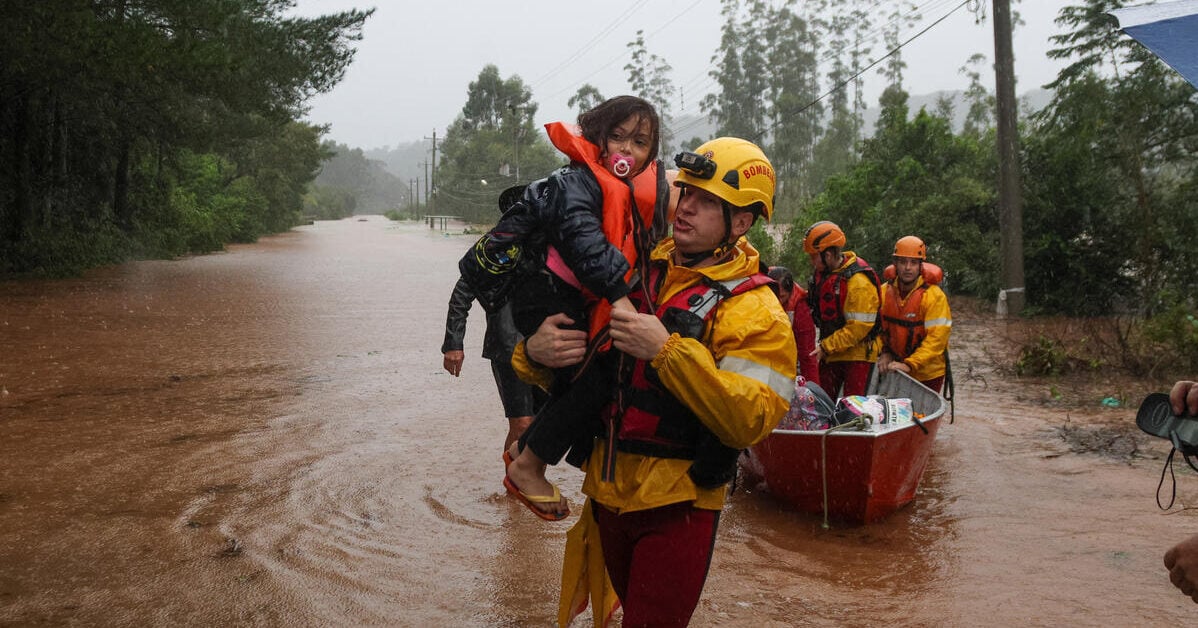
Where do I find current information and resources on floods?
During severe storms and floods, rely on authoritative sources for emergency information and updates. Here are some resources for current information on flood preparedness:
Global resources:
- For global weather updates and advisories, visit the World Meteorological Organization’s World Weather Information Service (WWIS). Additionally, you can explore its news portal for climate-related updates.
- Visit ReliefWeb , the OCHA-supported site, for comprehensive information related to global flooding incidents and other humanitarian emergencies.
US–focused resources:
- Ready.gov has a wealth of flood preparedness and safety information . The site includes tips and guidance to help you stay safe before, during, and after a flood event.
- The US National Weather Service (NWS) offers crucial flood-related resources, including an interactive flood map to explore flood types and top floods by state across the US as well as river observations and forecasts to stay updated on river conditions. It also offers flood safety tips and resources to learn how to protect lives and property.
- The US Geological Survey (USGS) provides valuable flood information through various resources, including WaterWatch , which provides real-time flood and high-flow condition updates, as well as regional and local flood alerts.

Where has World Vision most recently responded to floods globally?
World Vision is dedicated to providing essential aid and support to communities impacted by these deadly flooding events. Our teams are delivering clean water, food assistance, shelter, and more to the hardest-hit communities.
- In Afghanistan , our response is gearing up to support 100,000 people affected by the floods with immediate and longer-term support.
- In Brazil , we’re delivering relief aid to support 70,000 families, including 200,000 children. Our assistance includes “tenderness kits” for child well-being, which include toys, games, books, and snacks. We’re also assisting with psychosocial support activities, food, bedding items, and personal and family hygiene and cleaning kits.
- In East Africa , we’re assisting governments and partners in improving disaster response by conducting needs assessments, developing plans, and evacuating people from flooded areas. Our critical interventions include cash assistance, non-food items, health services, and WASH (water, sanitation, and hygiene) programs. Our top priorities are food security, water and sanitation, child protection, shelter, and health services.
How does World Vision respond to emergencies like floods?
With a presence in nearly 100 countries, World Vision responds swiftly to humanitarian crises around the world. During emergencies, such as devastating floods or earthquakes, we ensure access to critical essentials like food, clean water, shelter, and child protection services. Our commitment extends to safeguarding children and vulnerable communities even in the most challenging environments.
In 2023, World Vision led 78 disaster responses across 59 countries, aiding 35.8 million people in need worldwide. Beyond addressing immediate needs, we continue to support affected people and their communities in their recovery and rebuilding efforts.
